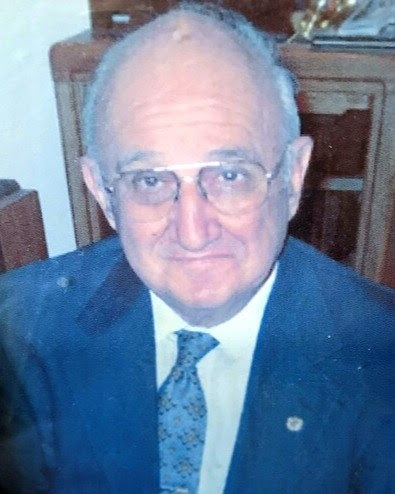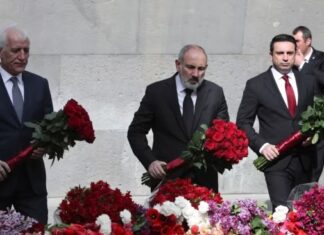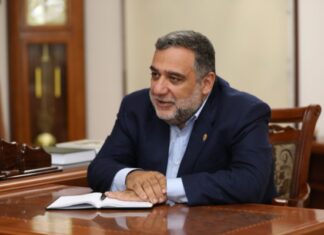CÁDIZ, Spain — Anahit Margaryan, a doctoral student at the University of Cádiz, is currently in the final stages of establishing the Hispano-Armenian Center at her university, which has a counterpart in Armenia.
In a recent interview, she said that in September 2023, the Yerevan segment of the Hispano-Armenian Center was inaugurated at Yerevan State University. The center will be a “a collaborative effort involving University of Cádiz officials and the International University Center for Eastern Europe and Central Asia [CUNEAC] Center of the University of Cádiz,” she added.
The center in Cádiz will receive support from the Armenian government and the Armenian Embassy in Spain. In addition, she explained, the center will “engage in various activities, ranging from research on Armenian studies across all available research areas at the University of Cádiz to cultural and language events, courses, conferences, and student and university staff exchanges. It is noteworthy that the Hispano-Armenian Center is unique as the first-ever Hispano-Armenian Center in Spain.”
Margaryan, who hails from Armenia, studied at the Faculty of European Languages and Communication at Yerevan State University.
She recently returned to Spain from a visit to the US, where she had conducted research at the University of Michigan and Harvard.
One unusual aspect of Margaryan’s academic field is that she is getting her PhD in linguistics rather than history.










